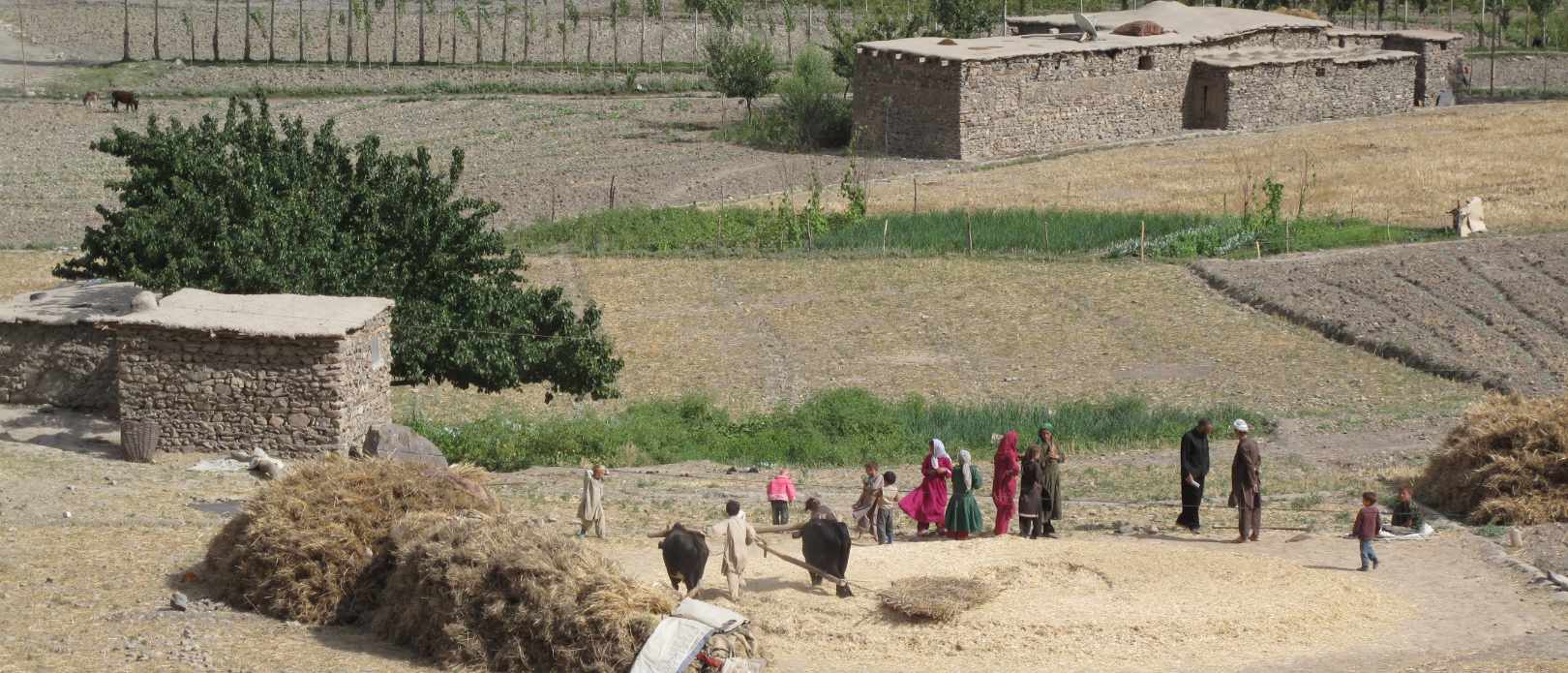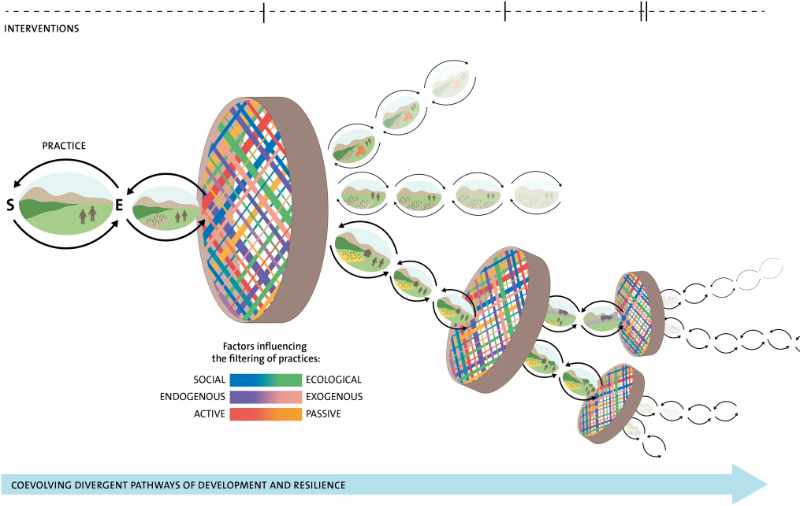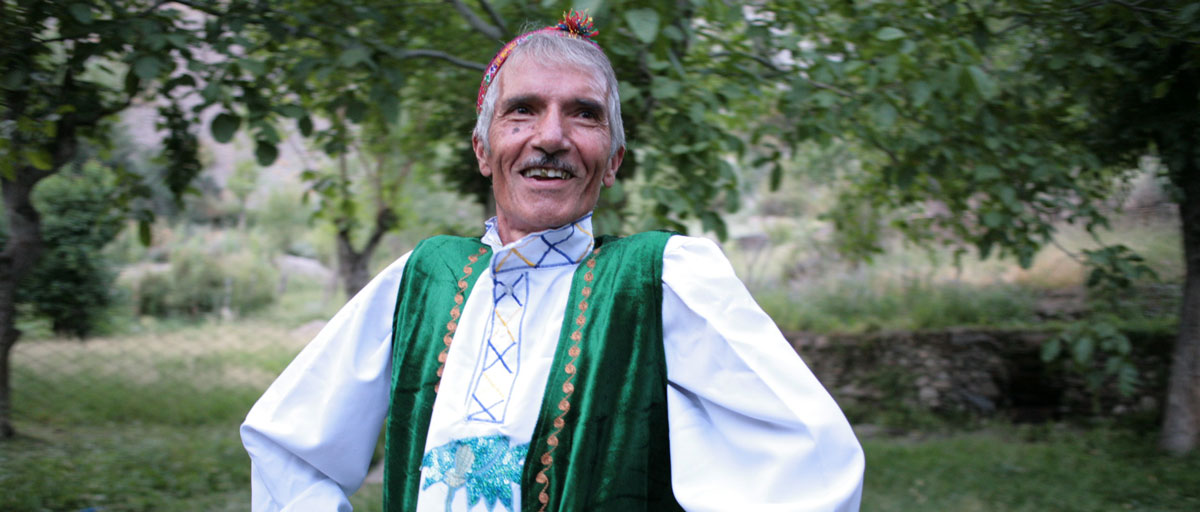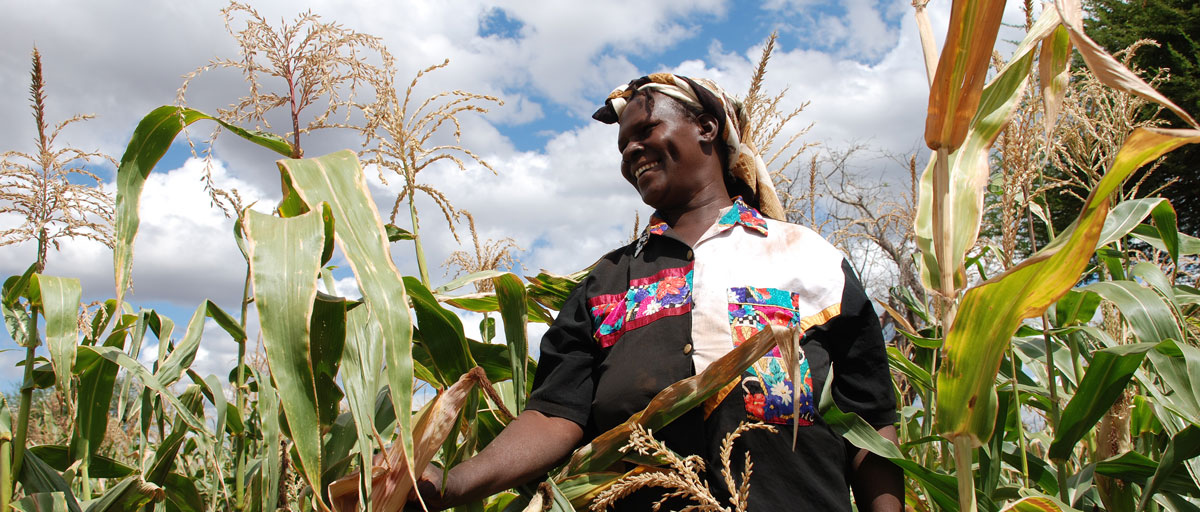Resilience and development
Time for a radical rethink of resilience and development

A new paper in Ambio shows what it means to take a complex social-ecological systems approach to development, and applies it to an agricultural case study in the Pamir Mountains. Photo: L. J. Haider.
A focus on short term economic goals which ignore social-ecological interdependencies fails to deliver development outcomes. A new perspective offers a radical alternative
- Development projects, programs and policies struggle to account for the social-ecological interdependencies of development and resilience
- A perspective that focuses on the co-evolutionary process of social and ecological processes shaping and being shaped by one another offers an alternative
- Three key ingredients of such a co-evolutionary approach to development and resilience are proposed, and applied to an agricultural case study in the Pamir Mountains
MUTUAL INFLUENCE: It is becoming increasingly evident that development challenges such as food and water shortages are inextricably linked to emerging crises like pandemics, rising inequalities and climate change.
Despite this, most development interventions still pay too little attention to these interdependencies. Instead they tend to prioritise short-term economic goals. Ultimately, this undermines resilience and therefore fails to deliver development outcomes.
Redefining development
The four centre researchers behind a new paper in the journal Ambio, Jamila Haider, Maja Schlüter, Carl Folke and Belinda Reyers, show what it means to instead take a complex social-ecological systems approach to development.
Drawing on the large literature of coevolution drawn from many disciplines, the authors suggest development can be redefined as a co-evolutionary process of social and ecological interdependence. Coevolution is a theory that addresses how different entities or relationships mutually influence each other’s development.
Adopting a coevolutionary perspective encourages a radical rethinking of how resilience and development are conceptualised and practiced across global to local scales.
Jamila Haider, lead author
The paper proposes three key ingredients of such an approach, and explores what they would imply for farmers in the Pamir Mountains, a region of high biocultural diversity in the poorest area of Central Asia and subject to many development interventions.
Proposition 1: “Social–ecological relationships co-evolve”
A coevolutionary approach enables social and environmental dynamics to be considered in relation to one another and in constant interplay.
For example, over 33 different apple varieties have evolved through social–ecological interactions in the Pamir Mountains. Losing one of these varieties may not seem like a big thing, but the interrelatedness of that seed to culture, spirituality and social organisation must also be considered in any development intervention.
Proposition 2: “Resilience is the capacity to filter practices”
Resilience can be conceptualized as the capacities to adapt to change or transform by filtering social-ecological relationships (i.e. to influence what is selected and retained).
For example, a woman growing her own landrace seeds (locally adapted and domesticated), is constantly selecting successful practices, thereby influencing the variation and retention of both agricultural crops and cultural practices. However, she may not have the same influence that a development organisation has to mold the filter so that her ideas and practices can survive, thereby the innovative potential for variation also disappears.
Proposition 3: “Development is a co-evolutionary process shaping pathways of persistence, adaptation or transformation”
Development outcomes affect social-ecological relationships which create opportunities for future interventions.
For example, an “improved” wheat seed variety was introduced twenty years ago to two communities. The first community abandoned their traditional seed varieties and now relies on food aid imports because the introduced variety failed after two years. The second community, on the other hand, maintained their traditional varieties and practices and had local wheat seeds to fall back on when the new variety failed.

Coevolving pathways of development. The filters in the figure represent the selection and retention of practices which occur as the result of an external intervention, which lead to new variation in future development options or pathways. Practices are filtered by a set of constraints, opportunities and choices defined by myriad factors, ranging from social to ecological, endogenous to exogenous and active to passive (represented by different colours). Each filtering process creates the conditions for new development pathways to emerge. The filters are drawn as traditional winnowing baskets as used in the Pamirs Mountains (Figure redrawn from (Haider 2017))
Haider, L.J., Schlüter, M., Folke, C. et al. 2021. Rethinking resilience and development: A coevolutionary perspective. Ambio (2021). https://doi.org/10.1007/s13280-020-01485-8








